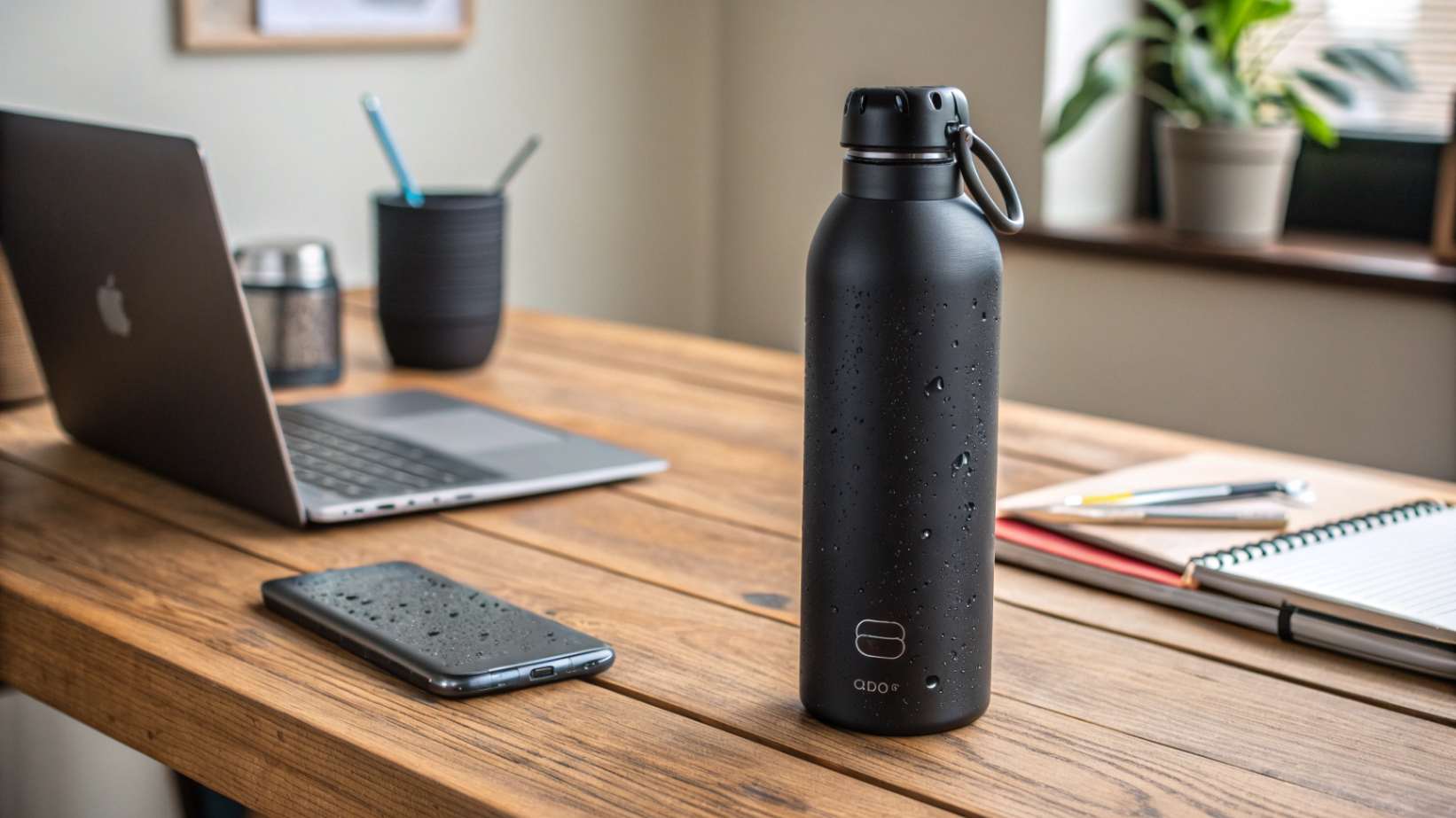
The short answer: Never choose 201 stainless steel for water bottles intended for food contact. Always use 304 as your baseline, with 316 for premium lines. 201 steel lacks food-grade certification and poses serious business risks.
Last month, a potential client asked me to quote 201 steel bottles to cut costs. I had to explain why this would be business suicide. Let me share what I've learned about these materials and why your choice matters more than you think.
201 stainless steel should not be used for water bottlesTrue
201 steel lacks food-grade certification and poses business risks
Cheaper 201 steel equals better value for water bottlesFalse
201 steel is not recommended for food contact applications
What are the main differences between 201, 304, and 316 stainless steel
The chemistry tells the whole story. Most buyers focus on price. They miss the critical safety and legal implications.
201 steel contains high manganese (5.5-7.5%) and low nickel (3.5-5.5%). 304 steel has 18% chromium and 8% nickel. 316 steel adds molybdenum (2-3%) for superior corrosion resistance.
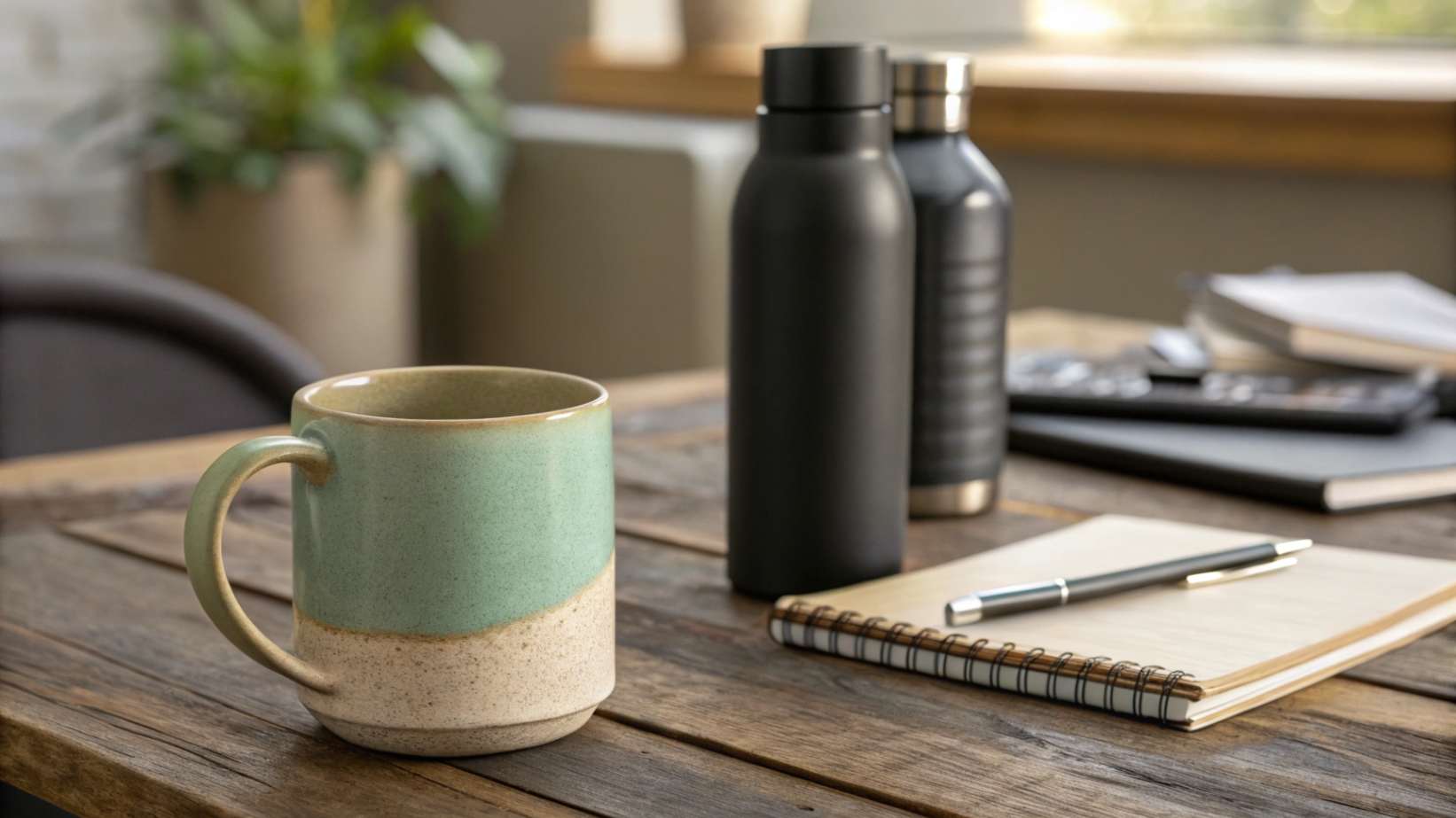
Chemical Composition Breakdown
| Element | 201 Steel | 304 Steel | 316 Steel |
|---|---|---|---|
| Chromium | 16-18% | 18-20% | 16-18% |
| Nickel | 3.5-5.5% | 8-10.5% | 10-14% |
| Manganese | 5.5-7.5% | ≤2% | ≤2% |
| Molybdenum | - | - | 2-3% |
| Carbon | ≤0.15% | ≤0.08% | ≤0.03% |
The high manganese content in 201 steel creates problems. Manganese can leach into beverages under certain conditions. This is why 201 steel lacks food-grade certifications. I've seen buyers learn this the hard way when their products get rejected at customs.
Performance Characteristics
The material differences translate into real performance gaps. 201 steel corrodes faster in acidic environments. Think sports drinks, citrus water, or coffee. 304 steel handles these conditions safely. 316 steel excels even with salt water or highly acidic beverages.
I remember testing bottles with lemon water. The 201 steel showed corrosion spots after two weeks. The 304 and 316 bottles remained pristine. This isn't just about appearance. Corrosion means material entering your beverage.
201 steel has lower nickel content than 304 and 316 steelTrue
The section states that 201 steel contains 3.5-5.5% nickel, while 304 steel contains 8% nickel.
316 steel has the highest corrosion resistance of the threeTrue
The section states that 316 steel adds molybdenum (2-3%) for superior corrosion resistance.
Which grade of stainless steel is the safest for food and beverage contact
Safety isn't negotiable in the water bottle business. I've worked with brands that built their reputation on safety. Others destroyed theirs by cutting corners.
304 and 316 stainless steel meet FDA and LFGB food contact standards. 201 steel does not qualify for food-grade certification and should never be used for beverage containers.
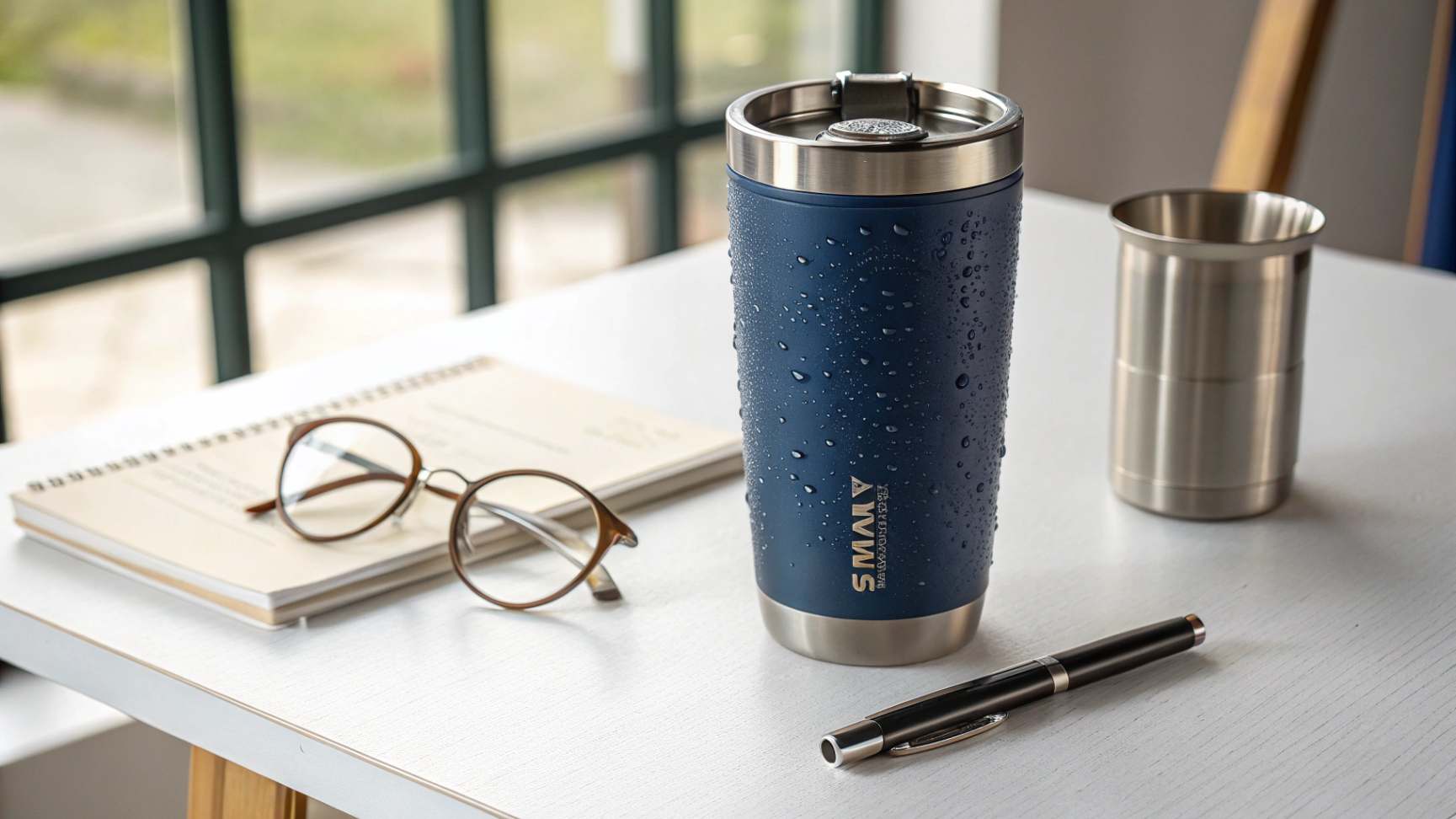
Regulatory Compliance Standards
| Certification | 201 Steel | 304 Steel | 316 Steel |
|---|---|---|---|
| FDA Approved | ❌ No | ✅ Yes | ✅ Yes |
| LFGB Certified | ❌ No | ✅ Yes | ✅ Yes |
| REACH Compliant | ⚠️ Limited | ✅ Yes | ✅ Yes |
| EU Food Contact | ❌ No | ✅ Yes | ✅ Yes |
The FDA requires at least 16% chromium for food contact surfaces. More importantly, they require specific nickel content ratios. 201 steel fails these requirements. Using non-compliant materials opens your business to liability issues.
Health and Safety Implications
I've seen what happens when brands ignore safety standards. A client once tried to import 201 steel bottles to the US. Customs rejected the entire shipment. The cost of disposal and replacement exceeded their entire profit margin for the year.
The manganese content in 201 steel poses potential health risks. While small amounts are normal, excessive manganese can cause neurological issues. Food-grade steels like 304 and 316 eliminate this concern through proper alloy formulation.
My factory maintains certifications for both FDA and LFGB standards. We test every batch to ensure compliance. This isn't just paperwork. It's your protection against recalls, lawsuits, and banned products.
304 and 316 stainless steel are safe for food and beverage contactTrue
304 and 316 stainless steel meet FDA and LFGB food contact standards.
201 stainless steel is safe for food and beverage contactFalse
201 steel does not qualify for food-grade certification and should never be used for beverage containers.
How does the steel grade affect a water bottle's durability and rust resistance
Durability determines your product's lifespan and your brand's reputation. I've tracked bottle performance across different steel grades for years. The results are clear.
304 steel offers excellent corrosion resistance for normal use. 316 steel provides superior protection against acids, salts, and extreme conditions. 201 steel corrodes quickly and fails in acidic environments.
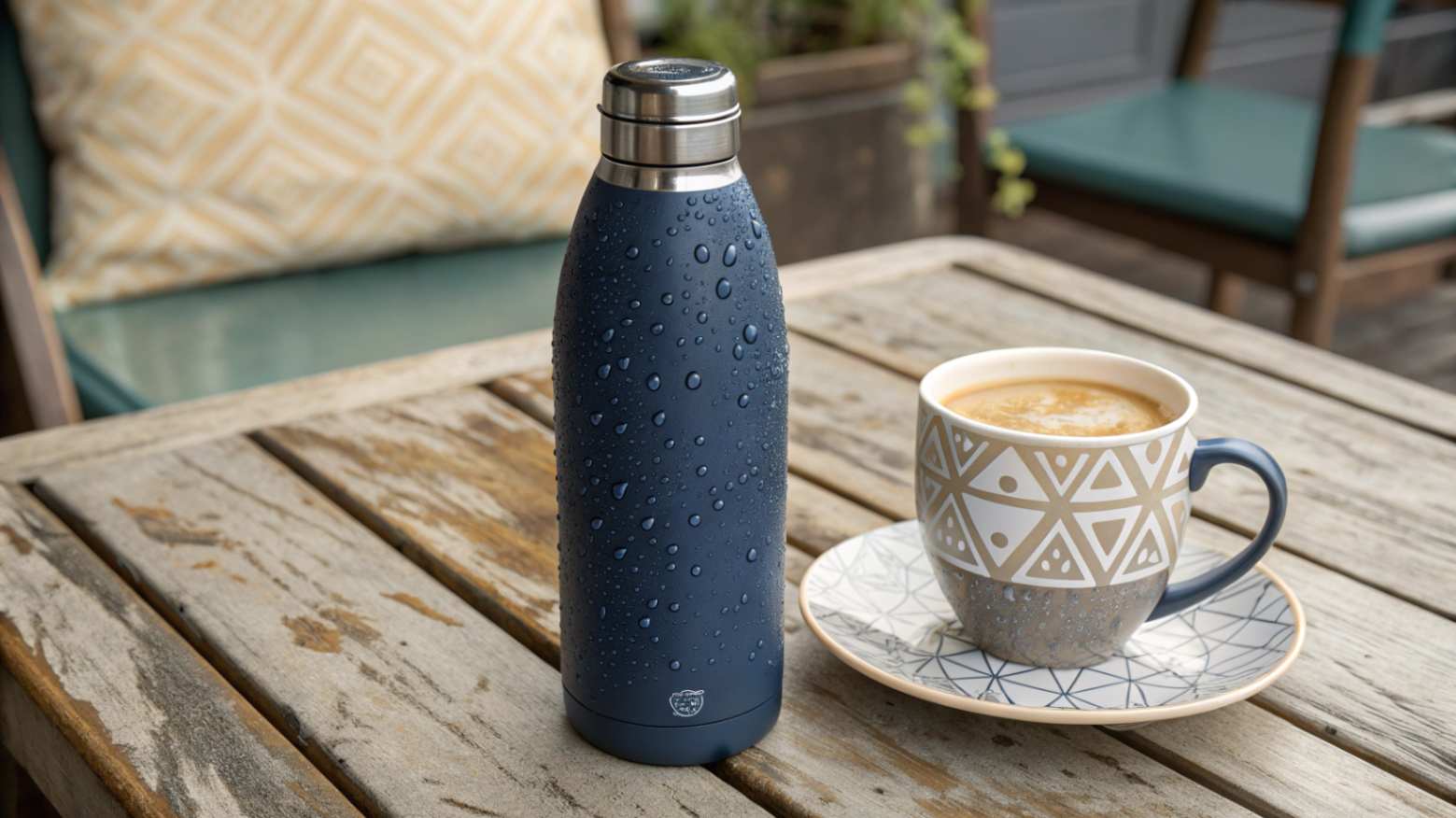
Corrosion Resistance Performance
| Environment | 201 Steel | 304 Steel | 316 Steel |
|---|---|---|---|
| Plain Water | Fair | Excellent | Excellent |
| Sports Drinks | Poor | Good | Excellent |
| Citrus Beverages | Poor | Good | Excellent |
| Salt Water | Very Poor | Fair | Excellent |
| Coffee/Tea | Poor | Good | Excellent |
| Dishwasher Safe | No | Yes | Yes |
The molybdenum in 316 steel makes the difference in harsh conditions. I've tested bottles with clients who work in marine environments. The 304 steel bottles showed pitting after six months. The 316 steel bottles remained perfect after two years.
Real-World Durability Testing
My team conducts accelerated aging tests on all steel grades. We expose bottles to various beverages, temperature cycles, and cleaning chemicals. The results help us advise clients on material selection.
201 steel fails our standard tests within weeks. Rust spots appear around welds and stress points. The bottles become unsafe for beverage contact. We cannot recommend this material for any food application.
304 steel passes our standard durability tests consistently. Normal beverages, regular cleaning, and typical use patterns pose no problems. This is why we use 304 steel as our baseline recommendation for all clients.
316 steel exceeds our most demanding tests. Acidic sports drinks, salt exposure, and aggressive cleaning chemicals don't affect performance. We recommend 316 steel for premium product lines or demanding applications.
304 steel offers better corrosion resistance than 201 steelTrue
The paragraph states that 304 steel has excellent corrosion resistance, while 201 steel corrodes quickly.
316 steel is more durable than 304 steelTrue
The paragraph indicates that 316 steel provides superior protection against acids, salts, and extreme conditions compared to 304 steel.
Why is 316 stainless steel a more expensive option than 304
Understanding cost factors helps you make smart purchasing decisions. I explain this to every client because the price difference creates opportunities.
316 steel costs 20-40% more than 304 due to molybdenum content and specialized processing. However, this premium creates product differentiation opportunities and justifies higher selling prices.
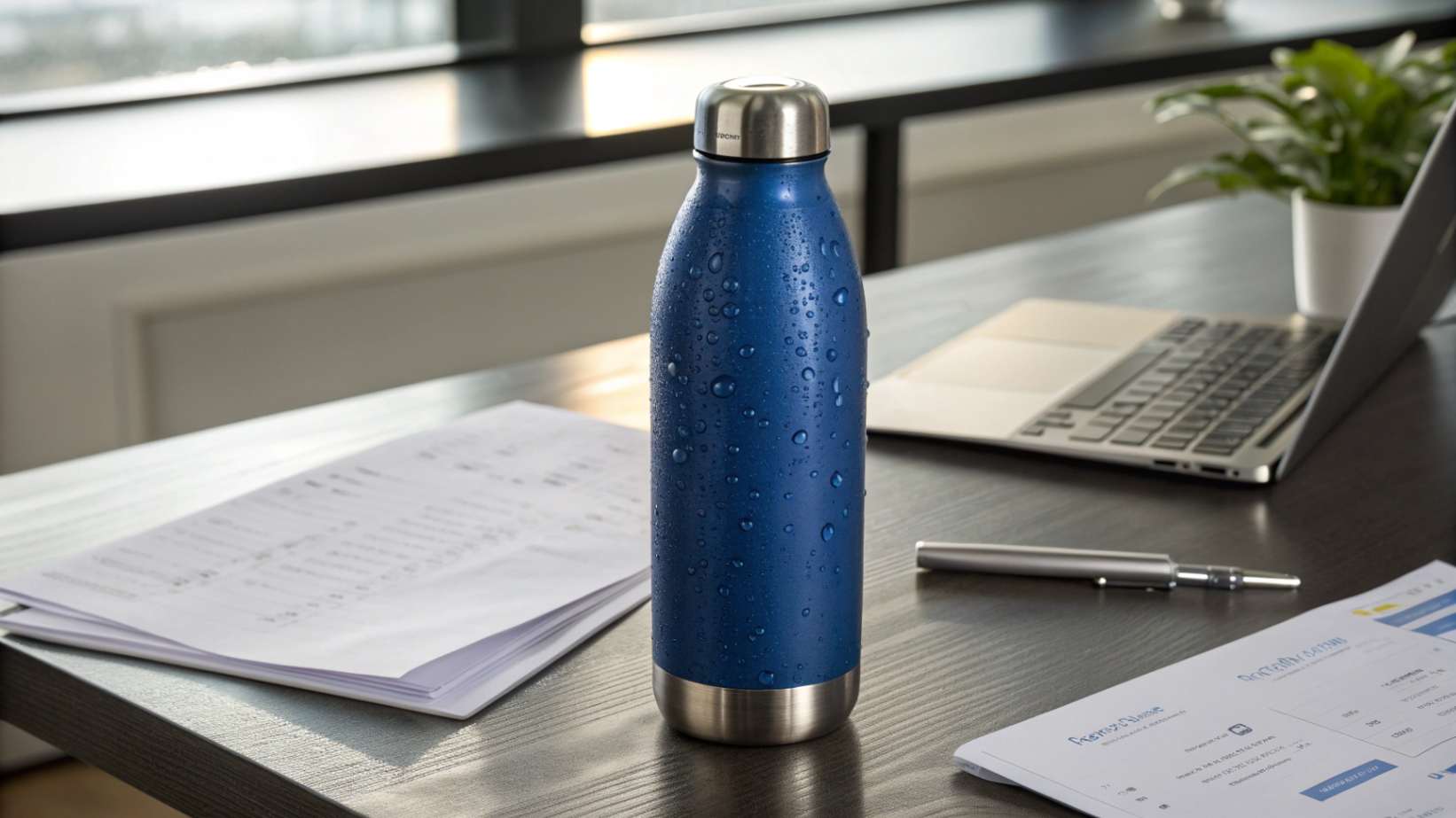
Cost Structure Analysis
| Cost Factor | 304 Steel Impact | 316 Steel Impact |
|---|---|---|
| Raw Materials | Baseline | +25-35% |
| Processing | Standard | +10-15% |
| Quality Control | Standard | +5-10% |
| Certification | Standard | +3-5% |
| Total Premium | Baseline | +20-40% |
The molybdenum addition drives most of the cost increase. Molybdenum is an expensive alloying element. It requires careful handling during production. The specialized processing adds labor and equipment costs.
Market Positioning Strategy
I help clients turn this cost increase into a competitive advantage. The 316 steel premium becomes a feature, not a burden. We market it as "medical-grade" or "marine-grade" stainless steel. Customers willingly pay extra for perceived superior quality.
One client created three product tiers: Standard (304 steel), Premium (304 with special finishes), and Pro (316 steel). The Pro model commanded 60% higher prices despite only 25% higher costs. The 316 steel designation justified the premium pricing.
The key is education. Most consumers don't understand steel grades. They do understand "medical-grade" or "surgical steel" terminology. These terms convey quality and safety. Brands can charge accordingly.
316 stainless steel contains molybdenum which leads to higher costsTrue
The passage states that 316 steel costs more due to its molybdenum content and specialized processing.
316 stainless steel is a better quality material than 304 steelFalse
The passage does not state that 316 steel is a higher quality material, only that the higher cost creates product differentiation opportunities.
How can you determine which stainless steel is the right choice for your product line
Product selection requires balancing cost, performance, and market positioning. I guide clients through this decision process regularly. The right choice depends on your specific situation.
Choose 304 steel for standard product lines requiring food safety and durability. Select 316 steel for premium positioning, marine environments, or highly acidic beverages. Never choose 201 steel for beverage applications.
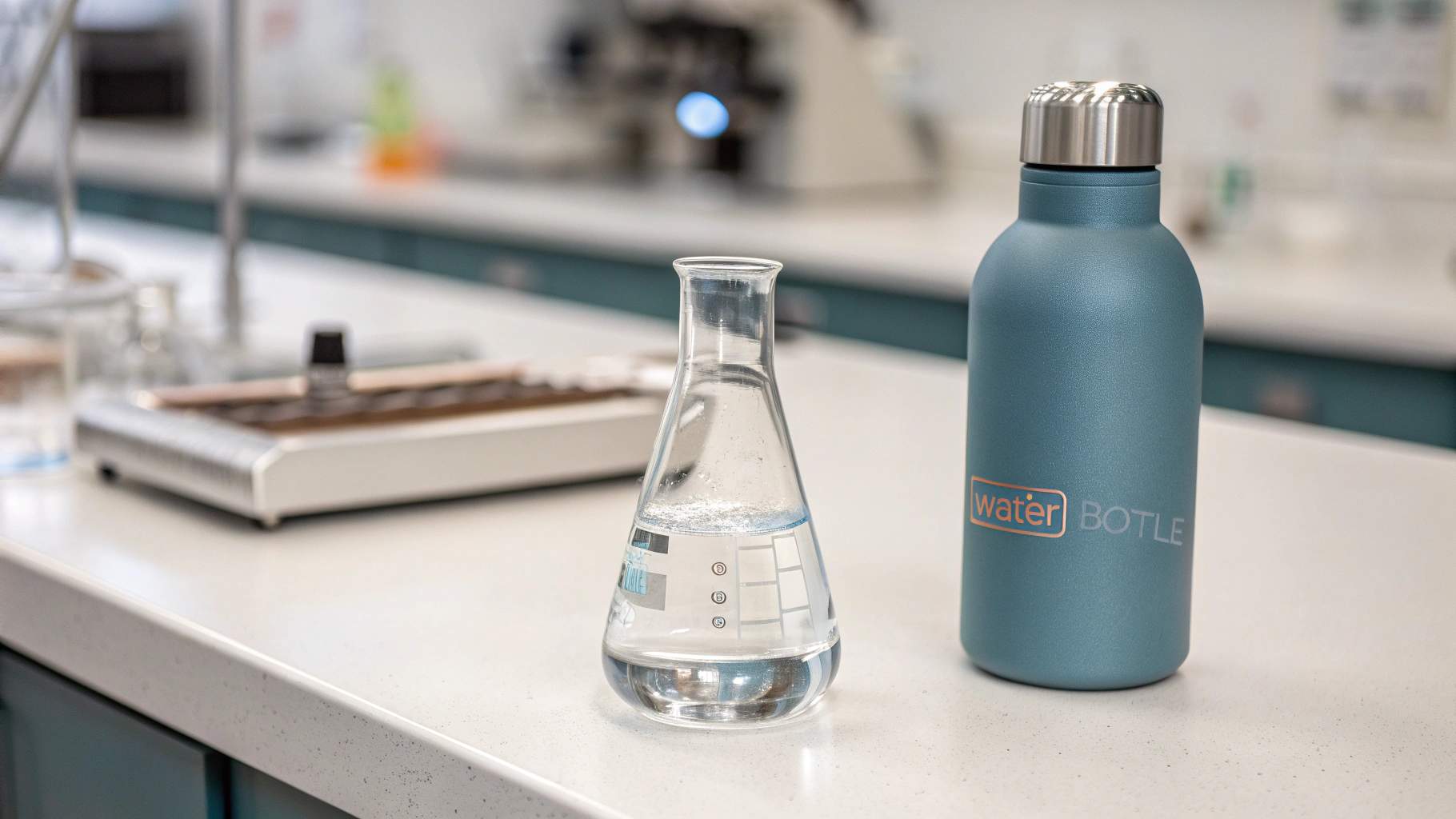
Decision Matrix Framework
| Factor | 304 Steel Best | 316 Steel Best |
|---|---|---|
| Budget Constraints | Primary concern | Secondary concern |
| Premium Positioning | Not required | Desired |
| Marine/Coastal Use | Occasional | Frequent |
| Acidic Beverages | Occasional | Regular |
| Corporate Gifts | Standard quality | Premium impression |
| Bulk Orders | Cost-effective | Value-added |
Market Segment Analysis
Different market segments have different priorities. I've worked with various client types over the years. Each has distinct needs and constraints.
Corporate buyers prioritize safety and compliance above cost savings. They need products that won't create liability issues. 304 steel meets their requirements perfectly. 316 steel allows them to demonstrate premium care for employees or clients.
Promotional product companies balance cost and perceived value. 304 steel provides the safety credentials they need. The food-grade certification adds legitimacy to their offerings. 316 steel creates upselling opportunities for premium campaigns.
Retail brands need differentiation in crowded markets. 304 steel handles standard market requirements. 316 steel enables premium product lines with higher margins. The "medical-grade" positioning commands respect and higher prices.
Sports and outdoor brands often choose 316 steel. Their customers use products in demanding conditions. Salt air, acidic sports drinks, and extreme temperatures favor 316 steel's superior performance. The premium aligns with brand positioning.
304 steel is suitable for food safety and durabilityTrue
The paragraph states that 304 steel should be chosen for standard product lines requiring food safety and durability.
201 steel is suitable for beverage applicationsFalse
The paragraph explicitly states that 201 steel should never be chosen for beverage applications.
Is there a reliable way to test or identify the grade of stainless steel
Quality verification protects your business and reputation. I've seen too many buyers accept supplier claims without verification. Testing prevents costly mistakes.
Professional XRF testing provides accurate steel grade identification. Chemical spot tests offer field verification. Always request material certificates and conduct independent testing for large orders.
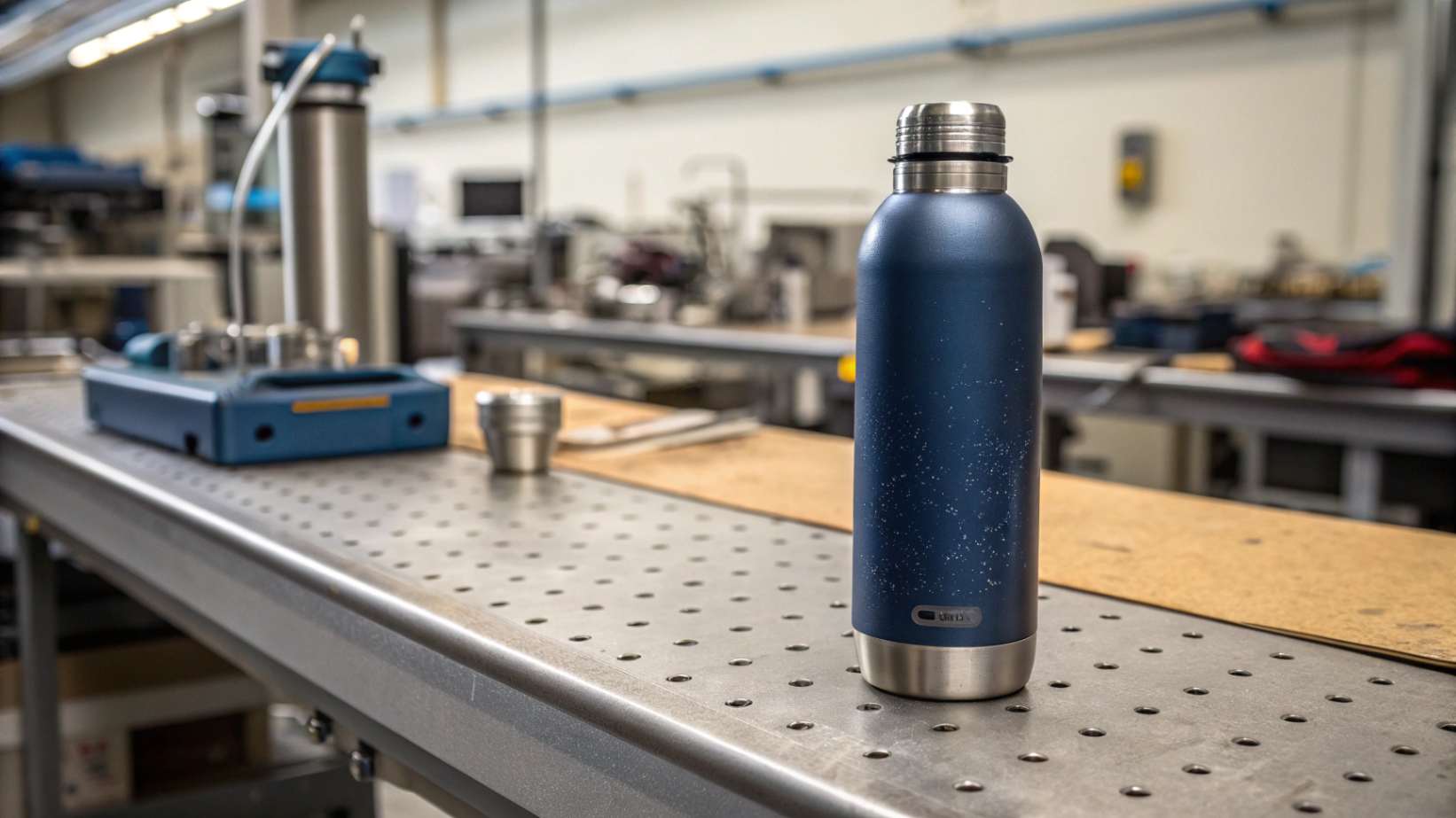
Testing Methods Comparison
| Method | Accuracy | Cost | Time | Field Use |
|---|---|---|---|---|
| XRF Analysis | 99%+ | High | Minutes | Portable units |
| Chemical Spot Test | 85-90% | Low | Seconds | Very portable |
| Spark Test | 80-85% | Low | Seconds | Requires experience |
| Certificate Review | Variable | None | None | Document only |
Professional Verification Process
My factory maintains XRF testing equipment for incoming materials. We test every batch before production begins. This prevents grade substitution and ensures consistency. The investment in testing equipment pays for itself through avoided problems.
Chemical spot tests work well for field verification. These kits identify basic steel grades quickly. They're not laboratory-accurate but catch obvious substitutions. I recommend clients carry these kits when inspecting shipments.
Material certificates provide paper trails but need verification. Unscrupulous suppliers sometimes provide false certificates. Always cross-check certificates with independent testing. The small testing cost prevents large problems later.
Spark testing requires experience but costs nothing. Different steel grades produce different spark patterns when ground. Experienced inspectors can identify grades visually. This method works for quick checks but shouldn't replace formal testing.
XRF testing accurately identifies stainless steel gradesTrue
Professional XRF testing provides accurate steel grade identification.
Material certificates alone are sufficient to verify stainless steel gradeFalse
Independent testing should be conducted in addition to reviewing material certificates.
Conclusion
Choose 304 steel as your baseline for safety and compliance. Consider 316 steel for premium positioning and demanding applications. Never risk your business with 201 steel for beverage contact.







